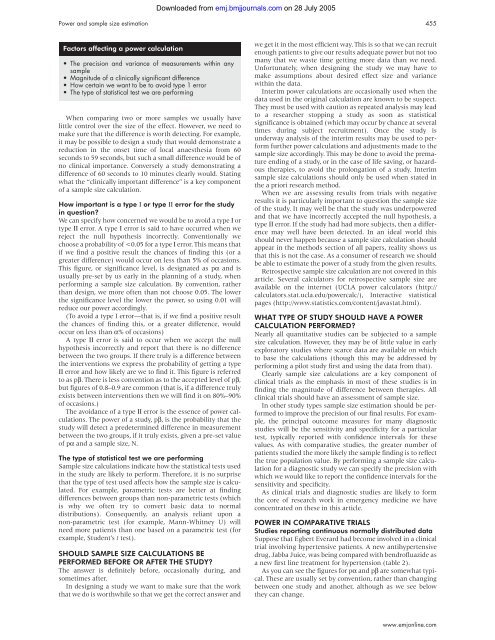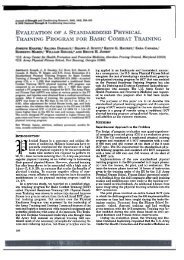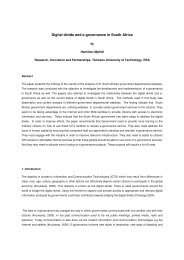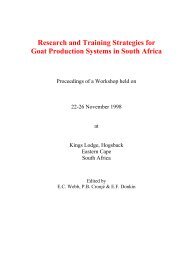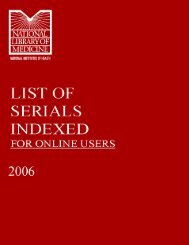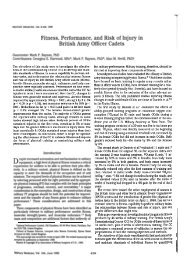An introduction to power and sample size estimation
An introduction to power and sample size estimation
An introduction to power and sample size estimation
You also want an ePaper? Increase the reach of your titles
YUMPU automatically turns print PDFs into web optimized ePapers that Google loves.
Fac<strong>to</strong>rs affecting a <strong>power</strong> calculation<br />
• The precision <strong>and</strong> variance of measurements within any<br />
<strong>sample</strong><br />
• Magnitude of a clinically significant difference<br />
• How certain we want <strong>to</strong> be <strong>to</strong> avoid type 1 error<br />
• The type of statistical test we are performing<br />
When comparing two or more <strong>sample</strong>s we usually have<br />
little control over the <strong>size</strong> of the effect. However, we need <strong>to</strong><br />
make sure that the difference is worth detecting. For example,<br />
it may be possible <strong>to</strong> design a study that would demonstrate a<br />
reduction in the onset time of local anaesthesia from 60<br />
seconds <strong>to</strong> 59 seconds, but such a small difference would be of<br />
no clinical importance. Conversely a study demonstrating a<br />
difference of 60 seconds <strong>to</strong> 10 minutes clearly would. Stating<br />
what the “clinically important difference” is a key component<br />
of a <strong>sample</strong> <strong>size</strong> calculation.<br />
How important is a type Ι or type ΙΙ error for the study<br />
in question?<br />
We can specify how concerned we would be <strong>to</strong> avoid a type Ι or<br />
type ΙΙ error. A type Ι error is said <strong>to</strong> have occurred when we<br />
reject the null hypothesis incorrectly. Conventionally we<br />
choose a probability of


